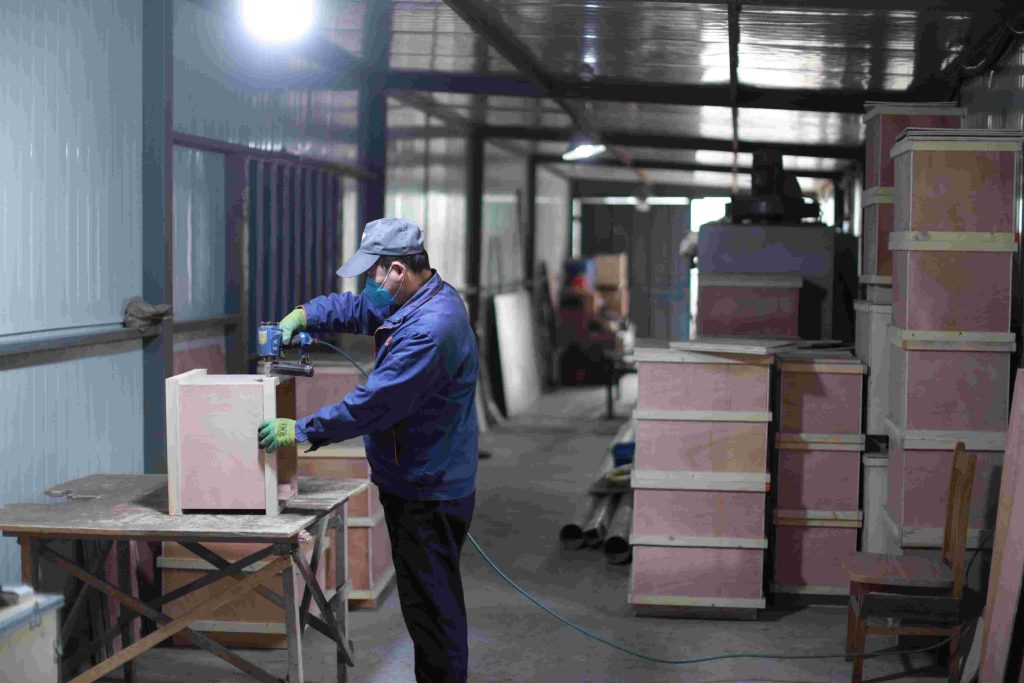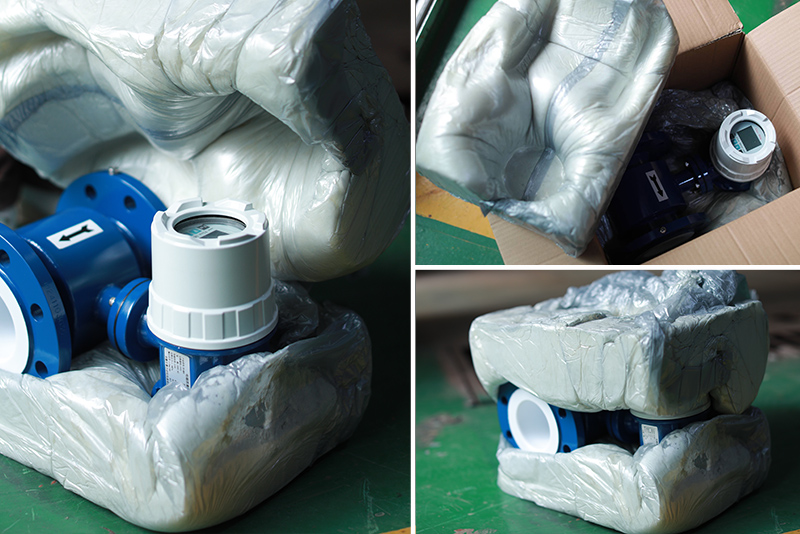Metlan Instruments olarak akış ölçerlerimizin kalitesine, doğruluğuna ve güvenilirliğine büyük önem veriyoruz. Ölçüm hassasiyetinin çeşitli sektörlerde kritik öneme sahip olduğunu tam olarak anlıyoruz, bu nedenle her akış ölçerin en yüksek endüstri standartlarını karşıladığından emin olmak için tüm üretim döngüsü boyunca titiz kalite kontrol önlemleri uyguluyoruz. Aşağıda, elektromanyetik akış ölçer üretim sürecimize ayrıntılı bir genel bakış sunulmakta ve hassas üretim ve sıkı kalite kontrolünü nasıl sağladığımız gösterilmektedir.
Elektromanyetik Debimetre Üretim Süreci
Metlan Instruments'ta üretim sürecimiz, her bir akış ölçerin kararlılığını ve doğruluğunu sağlamak için özenle tasarlanmıştır. Yüksek kaliteli hammaddelerin seçiminden son kalibrasyona kadar her adım sıkı bir şekilde kontrol edilir. Mühendislerimiz ve teknisyenlerimiz, her elektromanyetik akış ölçerin düşük akış, yüksek viskozite dahil olmak üzere çeşitli akış koşullarında doğru performans göstermesini sağlamak için sıkı montaj ve kalibrasyon protokollerini takip eder. Yüksek doğruluk ve uzun ömür standartlarını karşılayan dayanıklı bileşenler üretmek için en son üretim teknolojilerini ve hassas ekipmanları kullanarak akış ölçerin tüm kullanım ömrü boyunca kararlılığını ve güvenilirliğini sağlıyoruz. Teslimattan önce her bir ünite, tutarlı ve güvenilir ölçüm sonuçları sağlamak için operasyonel koşullar altında performans doğrulaması, sinyal bütünlüğü testleri ve aşırı akış koşulları altında kapsamlı doğrulama dahil olmak üzere bir dizi hassas kalibrasyondan geçirilir.
1. Ölçüm Tüpü İşleme
- Lazer Kesim ve Delme: Ölçüm tüpü, yüksek hassasiyetli lazer kesim ekipmanı kullanılarak hassas bir şekilde kesilir ve ayrıntılı tasarım özelliklerine göre delikler açılır.
- Flanş ve Astar Boyut Doğrulaması: Flanş standartları ve astar malzemeleri onaylandıktan sonra, toleransların ±1-2 mm içinde olmasını sağlamak için delik çapları ve genel boyutlar titizlikle incelenir.
- Kalite Denetimi: Ölçüm tüpünün kritik boyutları (delik çapı, uzunluk ve duvar kalınlığı gibi), tasarım spesifikasyonlarına uygunluğu sağlamak için titizlikle denetlenir ve sonraki işlemler için güvenilir bir temel oluşturur.
2. Elektrot Kurulumu
- Elektrot Malzemesi Seçimi ve Montajı: Elektrot malzemeleri (örn. 316L paslanmaz çelik, tantal, platin-iridyum alaşımı), optimum uyumluluk ve dayanıklılık sağlamak için ölçülen ortamın kimyasal, fiziksel ve mekanik özelliklerine göre seçilir. Bir topraklama halkası da dahil olmak üzere üç elektrot, sinyal parazitini ve bozulmasını en aza indirirken ortamla istikrarlı temas ve güvenilir ölçüm sinyalleri sağlamak için stratejik olarak yerleştirilmiştir.
- Elektrot Telleri: Sinyal iletimini geliştirmek için çift katmanlı gümüş kaplama, yüksek sıcaklığa dayanıklı elektrot telleri kullanılır. Gümüş kaplama iletkenliği artırırken, yüksek sıcaklık direnci aşırı koşullar altında istikrarlı performans sağlar. Bu teller üstün parazit önleme özellikleri sunarak sinyal iletiminde uzun vadeli istikrar, doğruluk ve güvenilirlik sağlar.
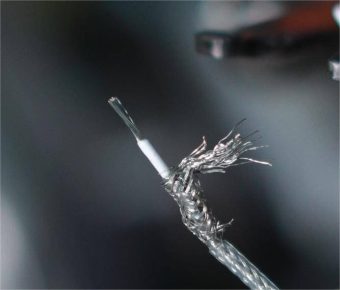
3. Bobin ve Dahili Bileşen Montajı
- Basınç Testi: Basınç testi, gerekli basınç direnci standartlarına uygunluğunu doğrulamak için montajdan önce ölçüm tüpü üzerinde gerçekleştirilir.
- Bobin Montajı: Ürünlerimizde, maliyeti düşüren ancak performanstan ödün veren, piyasada daha yaygın olarak kullanılan alüminyum sargılı bobinlerden ürünlerimizi ayıran yüksek kaliteli saf bakır bobinler kullanılmaktadır. Tüm bobinler, üstün performans ve güvenilirlik sağlayan saygın üreticilerden temin edilmektedir.
- Silikon Çelik Levhalar ve Koruyucu Plakalar Kurulum: Elektromanyetik alanın gücünü artırmak için bobinlerin etrafına yüksek geçirgenliğe sahip silikon çelik saclar yerleştirilir. Dahili bileşenleri çevresel hasarlardan korumak için korozyona dayanıklı koruyucu plakalar da takılır.

4. Verici ve Bağlantı Bileşeni Kurulumu
- Transmitter Bağlantı Parçaları: Vericinin bağlantı parçaları, ölçüm tüpüne tam olarak oturmasını sağlamak için ark kesimlidir ve estetik görünümü geliştirirken güvenli bir sızdırmazlık sağlar.
- Devre Kartı: 3 katmanlı devre kartı, sıvılardaki bulamaç içeriğinin doğru ölçümünü ve görüntülenmesini desteklemek için karmaşık bir düzen ile tasarlanmıştır.
- Transmitter Kurulumu ve Yaşlandırma Testi: Akıllı transmitter kurulur ve operasyonel kararlılığını ve sinyal çıkış doğruluğunu değerlendirmek için 24 saatlik bir yaşlandırma testine tabi tutularak cihazın zaman içinde güvenilir bir şekilde çalıştığından emin olunur.
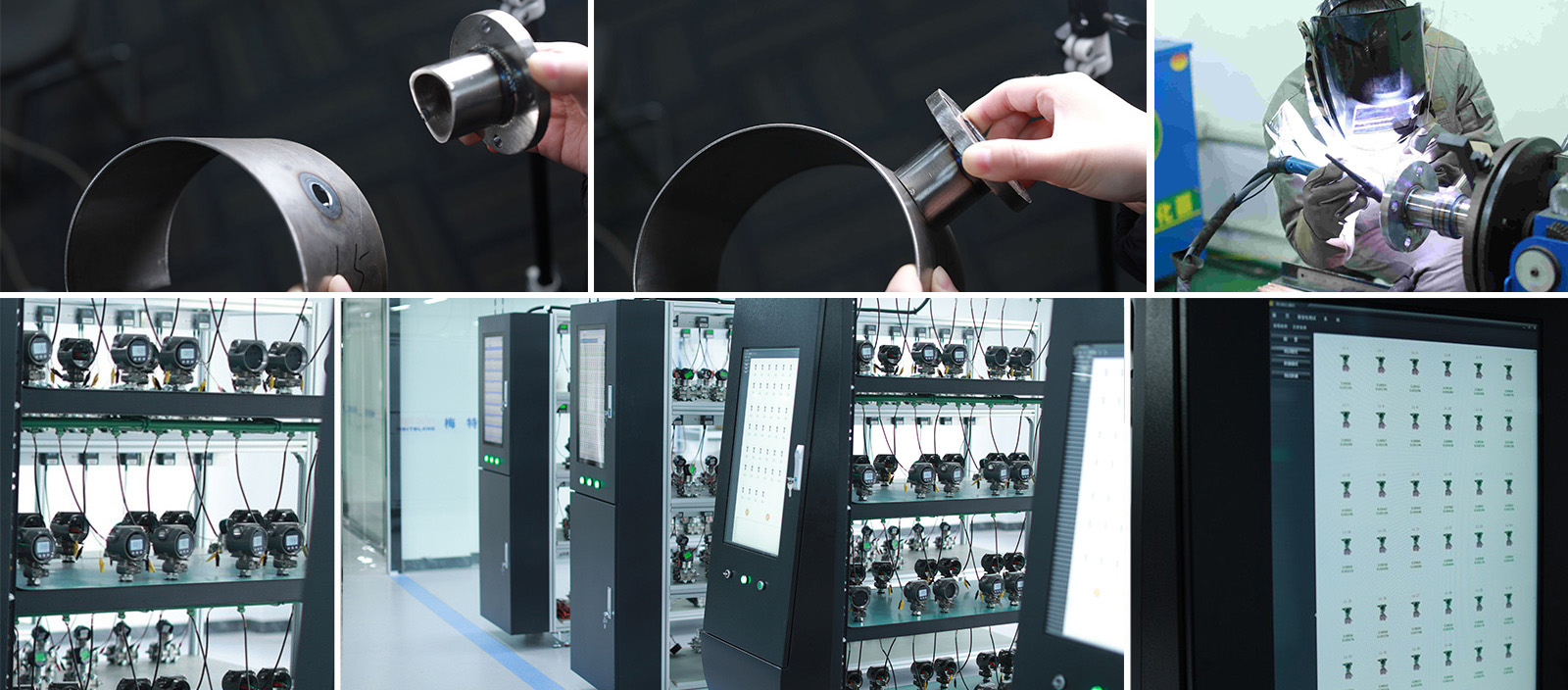
5. Kalibrasyon
- Her akış ölçer kapsamlı bir kalibrasyon sürecinden geçer ve benzersiz seri numarası bir kalibrasyon raporuyla birlikte kaydedilir. Kullanılan kalibrasyon ekipmanı sertifikalıdır ve ölçüm doğruluğunun tasarım spesifikasyonlarını karşılamasını sağlar. Akış ölçer, hassas ölçüm performansı sağlamak için gösterge hatalarının, tekrarlanabilirliğin ve cihaz katsayısının (K) ayarlanmasının doğrulanmasıyla birlikte tüm akış aralığı boyunca kalibre edilir.
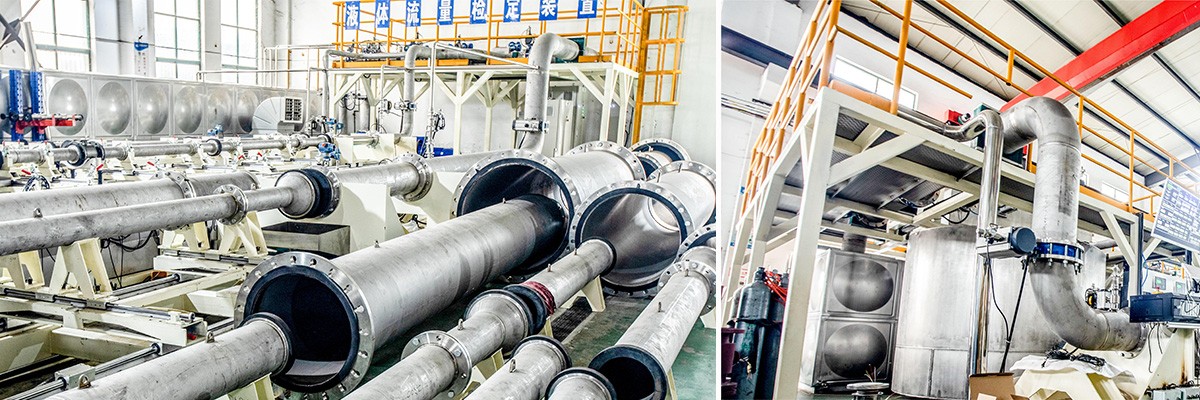
6. Yüzey İşlemleri
Cihaz gövdesi, dayanıklılığı ve korozyon direncini artırmak için korozyon önleyici bir astar ve son kat ile kaplanmıştır. Yüzey rengi müşteri gereksinimlerine göre özelleştirilebilir.
7. Paketleme ve Nakliye
- Sevkiyat Öncesi Muayene: Tüm akış ölçerler, ürünün teknik özellikleri ve müşteri gereksinimlerini karşıladığından emin olmak için paketleme ve sevkiyattan önce son bir denetime tabi tutulur. Eksiksiz bir ürün sertifikası ve kalibrasyon raporu sağlanır.
- Ürün Dokümantasyonu: Gerekli tüm ürün dokümantasyonu sözleşme şartnamelerine uygun olarak hazırlanır.
- Ambalajlama: Ambalaj malzemeleri, güvenli taşımayı sağlamak için akış ölçerin boyutuna ve ağırlığına göre seçilir.
